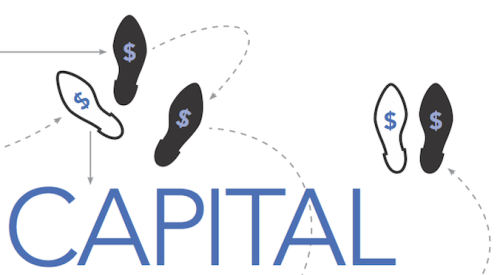| Contact Noelle Tarabulski at PB@buildertools.com
|
Training strategy is the most misunderstood and misapplied concept in the world of technology innovation. The importance of a good training strategy and the effective implementation of that plan are paramount to the successful use of technology tools.
A lot of home builders know their operations need a technology facelift and are willingly spend dollars for the computers and programs to improve systems and productivity. However these same CEOs often forget that in order for the technology to work, employees must be trained to use it.
It is important to focus on the basics—the here and now—first. Consider a comprehensive survey of each employee in your organization so you begin creating a training program with a thorough understanding of the baseline competencies of your staff. You’ll likely find three segments within your employee base: the stars, the late adapters and those in between. The disparity between the first two groups is the hidden inertia that slows down organizational change. Understanding who your stars and slow adapters are is the first step to an effective training strategy.
Another important aspect of the training strategy is the attitude of your staff. It is important to be attuned to the people most resistant to change and to manage the group effectively. As you go through this process, pick out the technology enthusiasts and leverage their great attitude and love-of-learning.
Common Language
Basic understanding of the computer and computer terminology is critically important. Review essential skills that make it easy for the entire staff to communicate and relate to each other. Listed below are some key points of knowledge needed by your staff members. The level of expertise required varies depending on individual job functions and work performance guidelines.
The chart shows a skill range from 0 to 10. Zero means the participant is unaware, and does not understand or have the skill to use the specified technology tool. A five equates to basic awareness of the capabilities, understanding the relationship between the various software applications, and an ability to use the technology well enough to communicate with others. Ten is expert. The participant can teach all aspects of a particular technology tool from understanding of the desired outcome of an application to the actual use of the software.
Training Basics
Computer basics that all your staff should be comfortable with include:
Usage: how to operate a computer, keyboard, mouse, and related terminology.
Hardware: what are the various parts of a computer and what is required for it to run effectively.
Operating Systems: the relationship between a solitary workstation and the network configuration, how files are managed.
Applications: differences between a software application, web-enabled application, and an ASP application.
Word Processing: basic functionality at an intermediate level.
Electronic Spreadsheets: basic functionality at an intermediate level.
Functional Databases: understanding how relational databases work and how they can be used to manage information.
Applying Software Capabilities to Solve Business Problems: effectively solving reporting and data issues using the different software applications that are available.
Taking Measure
Once you have determined the overall skills of the staff, establish an aggressive and clearly measurable training strategy. Training and improving skills should become an operating procedure in every company that is tracked and reported on at weekly staff meetings. Goals should be set for every employee that spell out the number of training hours, with clear goals established to help people achieve organizational and personal excellence.
Some suggestions to help in your technology training efforts:
Investing in technology training can improve your productivity profoundly, it is one of the best returns on investment you can get. Go for it!












